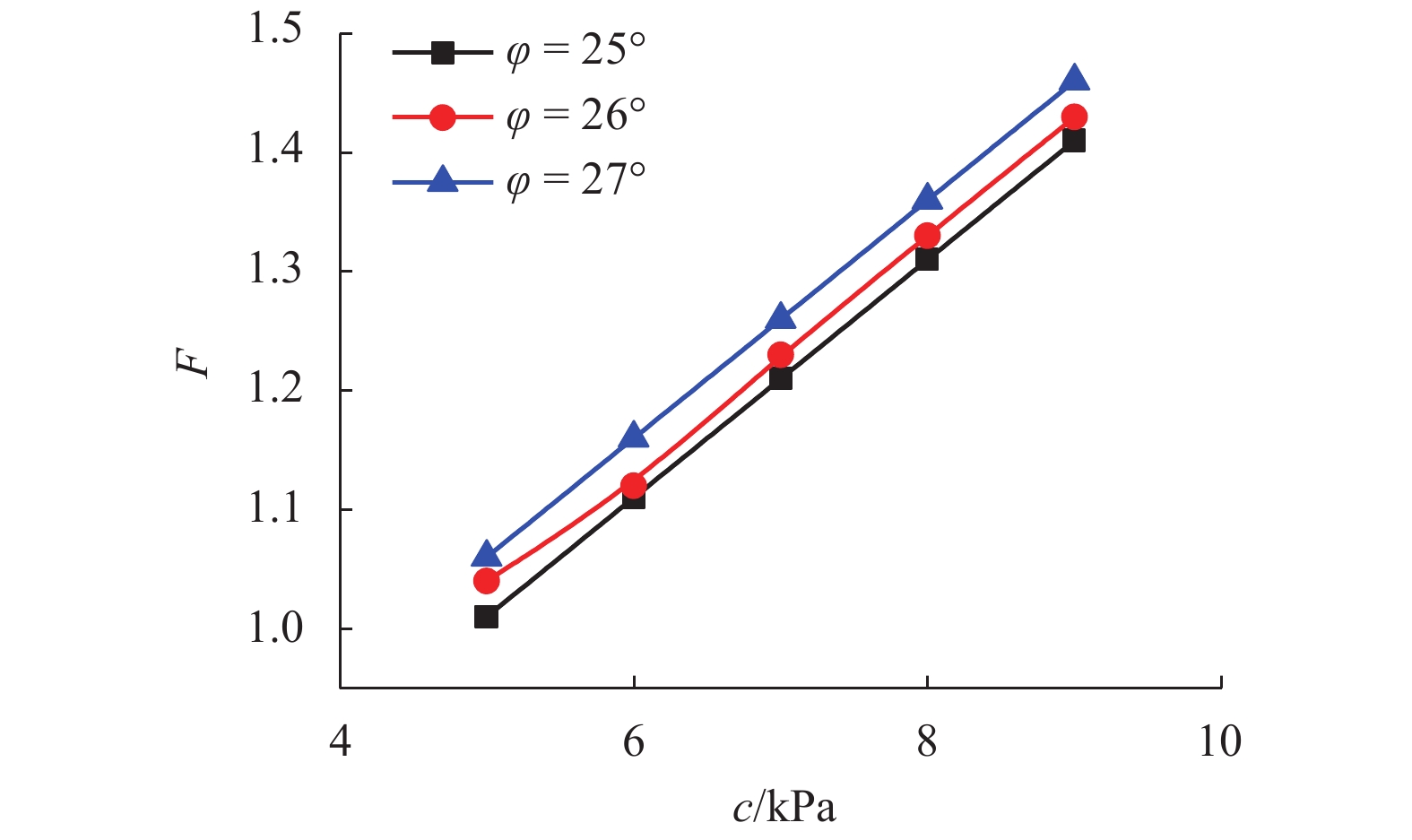Stability Analysis of Slopes with Weak Layers Using Limit Analysis Method
-
摘要:
软弱夹层对边坡的稳定性影响显著,目前设计中通常采用极限平衡法计算边坡的稳定性,其在求解中需要建立多个平衡方程. 为了分析含软弱夹层边坡的稳定性,首先,采用极限分析法建立了计算模型;其次,通过极限平衡法验证了求解的准确性;最后,分析了荷载、夹层形状、夹层强度等对稳定性的影响. 研究结果表明:边坡安全系数随着外荷载强度的增大而减小,其中,当加速度放大系数由1.0增大为1.6时,安全系数由1.20降为0.89;当外荷载频率越大时,边坡越易提前产生破坏;软弱夹层形状对边坡安全系数影响显著,特别是当其靠近坡顶与坡面时;安全系数随着软弱夹层摩擦角与黏聚力的减小而近似线性降低,其中,当黏聚力由9 kPa降为5 kPa时,安全系数降低约30%.
Abstract:Weak layers have a significant effect on the stability of slopes. The stability of slopes is usually calculated by the limit equilibrium method in current designs, in which multiple equilibrium equations need to be established and solved. Compared with the limit equilibrium method, the limit analysis method is more rigorous, and requires only one energy equation to be solved. In order to analyze the stability of slopes with weak interlayers, a stability calculation model was established by the limit analysis method, and then the accuracy of the solution was verified by the limit equilibrium method. Finally, the effects of load, weak layer shape, and weak layer strength on stability were analyzed. The results show that the slope safety factor decreases with an increase in the load intensity. When the acceleration amplification factor increases from 1.0 to 1.6 the safety factor decreases from 1.20 to 0.89. With a higher frequency of the external load, the slope is easier to be damaged in advance. Besides, the shape of the weak layer has a significant effect on the slope safety factor, especially when it is close to the top and surface of the slope. The safety factor decreases approximately linearly with the decrease of the friction angle and cohesion of weak layers. When the cohesion strength decreases from 9 kPa to 5 kPa, the safety factor decreases by about 30%.
-
Key words:
- weak layer /
- slope /
- limit equilibrium method /
- limit analysis method /
- safety factor
-
边坡中的软弱夹层虽然厚度较薄,但由于其强度较低,因而备受研究者重视,特别是当作用地震等动荷载时. 刘汉香等[1]通过振动台模型试验分析了含软弱夹层斜坡的动力响应特征;闫孔明等[2]发现随着地震荷载强度的增大,软弱夹层中响应加速度的低频成分逐渐增多;唐云波等[3]通过分析测试数据发现软弱层的强度越低,边坡的动力响应越显著;刘晋南等[4]认为水平地震作用下,斜坡路基的动力稳定性并非随着软弱夹层厚度的增大而减小,软弱夹层厚度存在最优值.
为了指导地震工况下边坡的设计,研究者通常采用极限平衡法、极限分析法、数值模拟等计算方法. 尽管数值仿真可较好地模拟结构响应特性,但其往往需要一定编程基础,同时,模型本构关系的模拟也较为复杂. 目前设计人员多采用极限平衡法进行边坡设计,例如瑞典圆弧法、毕肖普法、简布法、摩根斯坦-普顿斯法等. 尽管极限平衡法满足力或者力矩平衡、摩尔-库伦准则等条件,但其未考虑土体自身的应力-应变关系[5]. 相较于上述极限平衡法,极限分析法通过刚塑性假定可反映土体应力-应变关系,同时由于其计算更方便、简单[6],因此被广泛应用于边坡稳定性计算分析. Michalowski等[7]分析了转动模式下边坡极限高度与安全系数;何思明等[8]根据上限定理研究了设计参数对破裂面形状及稳定系数的影响;Utili[9]讨论了裂缝位置与深度对边坡稳定性的影响. 与极限平衡法相比,极限分析法解答更严密,同时由于其计算中仅需要求解一个能量方程,因而计算更简便[10],然而,目前鲜有关于地震荷载下含软弱夹层边坡滑动极限分析的研究报道.
为此本文采用极限分析法中的上限定理,对含软弱夹层边坡稳定性进行了求解,并将计算结果与既有方法进行了对比,最后分析了荷载、软弱夹层形状、强度等对边坡稳定性的影响.
1. 计算模型
1.1 基本假定
边坡模型如图1所示,其中,折线ABC表示薄软弱夹层(抗剪强度较弱的层带结构),△ABC表示滑体. 为了实现拟动力法与上限定理的应用,对图1模型作以下简化与假定:
1) 模型为二维平面模型,满足平面应变条件.
2) 软弱薄夹层AB、BC与水平面的夹角分别为θ1、θ2 ,夹层AB、BC的水平长度与竖直高度分别为d1与h1,d2与h2.
3) 地震动荷载作用在土块质心.
根据Choudhury等[11-13]研究,为了考虑动荷载在介质中传播特性、放大效应、时程特征等,水平加速度系数为
kh(z,t)=kp[1+H−zz(fa−1)]×sin[ω(t−H−zvs)], (1) 式中:kh(z,t)为高度z、 时间t时的水平加速度系数;kp为水平加速度峰值系数;H(H=h1 + h2)为滑坡高度;fa为加速度放大系数;ω、vs分别为角速度、剪切波速,如式(2)、(3).
ω=2πf, (2) vs=√Gρ, (3) 式中:f为频率;G为土体剪切模量;ρ为土体密度.
4) 填土满足极限分析原理中的刚塑性假定条件、摩尔库伦屈服条件,同时遵循关联流动法则.
5) 根据强度折减系数的概念,边坡安全系数F采用式(4)表示.
F=ccm=tanφtanφm, (4) 式中:c、φ为软弱夹层黏聚力与摩擦角;cm、φm为折减后对应的强度参数.
1.2 极限分析
对于图1所示折线形滑面,建立图2所示双楔块破坏模式协调速度场. 图中:
v1 、v2 、v3 分别为楔块CBD、ABD速度以及两者相对速度,即楔块沿着间断面BC、AB、BD的速度;α1 、α2 、α3 分别为速度v1 、v2 、v3 与速度间断面BC、AB、BD之间夹角;β 为待定偏角.根据图2中的速度矢量关系,楔块之间的速度满足:
v3=v1sin(θ2−θ1+α2−α1)sin(β−α2−α3), v2=v1sin(π+θ1−β−θ2+α1+α3)sin(β−α2−α3). 根据假设条件,力学模型如图3所示. 图中:kh-M、kh-N为楔块ABD、BCD质心M、N 处水平地震加速度系数,可由式(1)求解;
G1 、G2 分别为楔块BCD、ABD重力. 图3模型外力为作用在质心M、N 处的楔块重力与水平地震力(方向向左),而内能的耗散主要来自速度间断面BC、AB、BD上的黏聚力.1) 外荷载功率
图3所示模型外功率为
Pe=P1+P2+P1h+P2h, 式中:
P1 为楔块BCD重力所做外功率,如式(7);P2 为楔块ABD重力所做外功率,如式(8);P1h 为楔块BCD地震力所做外功率,如式(9);P2h 为楔块ABD地震力所做外功率,如式(10).P1=G1v1sin(θ2−α1), (7) P2=G2v2sin(θ1−α2), (8) P1h=kh−NG1v1cos(θ2−α1), (9) P2h=kh−MG2v2cos(θ1−α2). (10) 如图(3)所示,当将坐标原点取为点A时,质心M、N的高度分别为
zM=zB+zD3, (11) zN=zB+zD+zC3, (12) 式中:点B、C、D 在z轴方向坐标zB、zC、zD可根据几何关系(d1、d2、h1、h2、θ1、θ2、β)求得.
2) 内能耗散功率
滑坡系统的内能耗散功率为
Pi = 3∑j=1cjFvjljcosαj, (13) 式中:cj为速度间断面上的黏聚力;vj为速度;lj为速度间断面的长度.
3) 安全系数
为求得安全系数,令Pe与Pi相等,则
P1+P2+P1h+P2h=3∑j=1cjFvjljcosαj. (14) 由于本文计算中通过拟动力法考虑了地震荷载的时程规律(式(1)),因此,式(14)中的安全系数大小不仅与β有关,还与时间t有关. 当时间t已知时,
F=F(β). (15) 对式(15)求极值,即可得到时间t的安全系数F.
2. 计算方法验证
2.1 规范法
为验证本文计算方法的可靠性,将本文计算值与摩根斯坦-普莱斯法进行对比. 与其他经典边坡极限平衡方法(简布法、毕肖普法、瑞典条分法、斯宾塞法等)相比,由于摩根斯坦-普拉斯法可针对多种破裂面形状,并在计算中同时考虑了力与力矩的平衡,因而,被公认为是目前最严谨的边坡稳定性计算方法[14 -15].
不同水平加速度峰值系数、边坡几何形状、抗剪强度下,本文计算的安全系数结果与摩根斯坦-普莱斯法的计算结果如表1所示. 表中:γ为滑体重度. 根据表1结果可知:本文方法与摩根斯坦-普莱斯法计算结果接近;两种方法求得的安全系数均随着水平峰值加速度的增大以及边坡强度的减小而减小. 另外,与本文极限分析法中仅需要求解一个能量方程不同,由于摩根斯坦-普莱斯法计算中将滑体分成n个单元,因而其需要求解3n个方程. 综上可知,本文方法可以在保证计算精度的同时,显著降低求解时间,提高计算速度.
表 1 计算结果Table 1. Calculation results工况 kP d1
/md2
/mh1
/mh2
/mγ
/(kN•m−3)c
/kPaφ
/(o)安全系数 本文方法 摩根斯坦-普莱斯法 1 0 11.59 4.95 3.11 4.95 20 6 30 2.02 2.00 2 0.2 11.59 4.95 3.11 4.95 20 6 30 1.35 1.32 3 0.4 11.59 4.95 3.11 4.95 20 6 30 0.99 0.97 4 0.2 11.59 4.95 3.11 4.95 20 6 20 1.05 1.03 5 0.2 9.78 3.54 2.08 3.54 20 6 20 1.22 1.19 注:表中本文方法计算结果为时间 t 内的最小值. 2.2 二楔块法
采用二楔块法,Qian等[16]对沿着衬垫滑动的垃圾场开展了稳定性研究,结果如表2所示.
由表2可知:与二楔块法计算值相比,本文方法计算值更接近有限元数值解. 另外,虽然与二楔块法相同,本文在计算中同样将边坡分成了两个楔块,但是计算中却仅需要求解一个能量方程,而二楔块法需要建立4个平衡方程.
表 2 计算结果Table 2. Calculation resultskP d1
/md2
/mh1
/mh2
/mγ
/(kN•m−3)c
/kPaφ
/(o)安全系数 本文方法 二楔块法[16] 有限元 0 53.56 90.18 1.03 30.00 10.2 0 17 1.36 1.35 1.39 3. 参数分析
为了分析水平加速度、土体强度(c、ϕ)与夹层形状等参数对边坡安全系数的影响,定义以下参数基准值:θ1=18°,θ2=42°,l2=9 m,l1=6 m,kp=0.3,水平加速度放大系数fa=1.3,f=2 Hz,ρ=2 200 kg/m3,c=5 kPa,φ=25°.
3.1 地震加速度
边坡安全系数除了采用式(4)表示,在极限分析法中也可采用式(16)表示[17].
F=PiPe. (16) 结合式(14)可知:F > 1,表明系统可产生的内能功率Pi大于外荷载功率Pe,即系统越稳定.
根据式(1),模型加速度系数大小与fa、kp、f等有关. 图4~6分别为F随fa、kp、f的变化规律.
不同于拟静力法中采用恒值峰值加速度系数进行求解计算,由于本文式(1)考虑了加速度随时间等的变化,因此,图4中本文计算求得的安全系数随着时间不断变化,并呈现先减小后增大的趋势. 出现上述变化规律原因为:式(1)表示的加速度系数随着时间呈先增大后减小的趋势,即安全系数的大小与加速度系数大小有关. 需要说明的是,尽管为了便于计算,本文中加速度的时程曲线被假定为简谐函数形式,但对于实际中任意已知的外荷载时程工况,本文方法同样适用. 上述结果表明:拟静力中采用单一的峰值加速度系数进行计算将可能导致设计较为保守. 除此之外,图4表明:F随着fa的增大而减小,其中fa=1.0,1.3,1.6时对应的最小安全系数分别为1.20、1.01、0.89.
与fa对F的影响类似,由图5可知:F 随着kp的增大而减小,即地震荷载的强度越大,滑坡稳定性越差. 对比图4与图5可知:相较于fa,kp对安全系数的影响更显著.
尽管本文在计算中考虑了地震波参数对安全系数的影响,但由于式(1)表示的拟动力法并非真正的动力法,因而计算中的地震波参数不能影响边坡的动力特性. 因为式(1)中fa、kp仅能改变加速度的数值大小,而不能影响加速度随时间的变化规律,因此图4与图5中各自的曲线形式未发生变化. 与之不同的是,f的变化将影响式(1)的曲线形状而不改变其数值大小. 结合图6可知:f 越大,周期则越短,即式(1)越早达到峰值,因此,F出现峰值的时刻越早;由于f的改变不影响F数值的大小,所以不同f时的最小安全系数均为1.01. 上述研究表明:当外荷载的频率越大时,结构可能越易提前产生破坏. 需要说明的是:理论上结构的动力响应大小与外荷载频率以及自身固有频率有关,即外荷载频率的变化将影响结构的稳定,但是由于本文计算中没有考虑滑坡体自身的固有频率,故未能体现出上述现象.
3.2 软弱夹层折线ABC形状
由于设计中通常关注的是地震峰值荷载时的安全系数,因而下文仅针对时间t内的安全系数最小值进行分析.
为了表示折线夹层形状(软弱夹层折线ABC的交点B)对滑坡安全系数大小的影响,将图1及图7中的几何参数无量纲化:
{λ=d1d1+d2,κ=h1h1+h2. (17) 图7为F随折线夹层形状的变化曲线. 当图中的点A与点C确定时,软弱夹层的形状主要由点B影响. 由图7可知:随着λ值的增大,即点B逐渐远离坡面,安全系数呈现先迅速减小后缓慢增大的趋势,上述现象表明当软弱夹层靠近坡面时,其对安全系数的影响更明显;由于当软弱夹层靠近坡顶时,滑体的面积较小,因而随着κ值的增大,即点B逐渐靠近坡顶,安全系数整体呈现增大的趋势.
3.3 填土强度
图8为F与土体强度的关系曲线. 由图可知: F随着c的增大线性增大;随着摩擦角的增大安全系数也增大.
4. 结 论
采用解答更严密、求解更简捷的极限分析法建立了含软弱夹层边坡的稳定性计算模型,并通过既有极限平衡法验证了本文方法的准确性. 通过参数分析,研究了荷载、夹层形状与强度对边坡稳定性的影响:
1) 与加速度放大系数相比,外荷载峰值大小对安全系数的影响更大;由于当外荷载频率越大时,外荷载更早达到峰值,此时边坡安全系数先达到最小值.
2) 随着软弱夹层逐渐远离坡面,安全系数呈先迅速减小后缓慢增大的趋势. 当软弱夹层越靠近坡面与坡顶时,安全系数的大小对其形状的变化越敏感.
3) 安全系数随着软弱夹层黏聚力的增大近似线性增大;随着软弱夹层摩擦角的增大,其对安全系数的影响逐渐增大.
-
表 1 计算结果
Table 1. Calculation results
工况 kP d1
/md2
/mh1
/mh2
/mγ
/(kN•m−3)c
/kPaφ
/(o)安全系数 本文方法 摩根斯坦-普莱斯法 1 0 11.59 4.95 3.11 4.95 20 6 30 2.02 2.00 2 0.2 11.59 4.95 3.11 4.95 20 6 30 1.35 1.32 3 0.4 11.59 4.95 3.11 4.95 20 6 30 0.99 0.97 4 0.2 11.59 4.95 3.11 4.95 20 6 20 1.05 1.03 5 0.2 9.78 3.54 2.08 3.54 20 6 20 1.22 1.19 注:表中本文方法计算结果为时间 t 内的最小值. 表 2 计算结果
Table 2. Calculation results
kP d1
/md2
/mh1
/mh2
/mγ
/(kN•m−3)c
/kPaφ
/(o)安全系数 本文方法 二楔块法[16] 有限元 0 53.56 90.18 1.03 30.00 10.2 0 17 1.36 1.35 1.39 -
[1] 刘汉香,许强,周飞,等. 含软弱夹层斜坡地震动力响应特性的振动台试验研究[J]. 岩石力学与工程学报,2015,34(5): 994-1005.LIU Hanxiang, XU Qiang, ZHOU Fei, et al. Shaking table test for seismic responses of slopes with a weak interlayer[J]. Chinese Journal of Rock Mechanics and Engineering, 2015, 34(5): 994-1005. [2] 闫孔明,刘飞成,朱崇浩,等. 地震作用下含倾斜软弱夹层斜坡场地的动力响应特性研究[J]. 岩石力学与工程学报,2017,36(11): 2686-2698.YAN Kongming, LIU Feicheng, ZHU Chonghao, et al. Dynamic responses of slopes with intercalated soft layers under seismic excitations[J]. Chinese Journal of Rock Mechanics and Engineering, 2017, 36(11): 2686-2698. [3] 唐云波,刘炎,相晨琳. 汶川地区含软弱层岩质边坡地震响应研究[J]. 路基工程,2018(6): 114-118.TANG Yunbo, LIU Yan, XIANG Chenlin. Research on seismic response of rock slope with weak layer in Wenchuan region[J]. Subgrade Engineering, 2018(6): 114-118. [4] 刘晋南, 蒋鑫, 邱延峻, 等. 水平地震荷载作用下斜坡路基动力稳定性分析. 中外公路, 2010, 30(5): 42-45.LIU Jinnan, JIANG Xin, QIU Yanjun. Analysis of dynamic stability of subgrade slope under horizontal earthquake load [J]. Journal of China & Foreign Highway, 2010, 30(5): 42-45. [5] CHEN W F. Limit analysis and soil plasticity[M]. Amsterdam: Elsevier Scientific Company, 1975. [6] XU P, HATAMI K, JIANG G. Seismic rotational stability analysis of reinforced soil retaining walls[J]. Computers and Geotechnics, 2020, 118(4): 103297.1-103297.10. [7] MICHALOWSKI R L. Limit analysis and stability charts for 3D slope failures[J]. Journal of Geotechnical and Geoenvironmental Engineering, 2010, 136(4): 583-593. doi: 10.1061/(ASCE)GT.1943-5606.0000251 [8] 何思明,张晓曦,吴永. 基于上限定理的边坡潜在破 裂面确定方法与稳定性判识研究[J]. 岩土力学,2012,33(1): 162-166. doi: 10.3969/j.issn.1000-7598.2012.01.025HE Siming, ZHANG Xiaoxi, WU Yong. Study of stability discriminant of slope and position determination of potential sliding surface based on upper bound theorem[J]. Rock and Soil Mechanics, 2012, 33(1): 162-166. doi: 10.3969/j.issn.1000-7598.2012.01.025 [9] UTILI S. Investigation by limit analysis on the stability of slopes with cracks[J]. Géotechnique, 2013, 63(2): 140-154. [10] XU P, HATAMI K, JIANG G. Seismic sliding stability analysis of reinforced soil retaining walls. Geosynthetics International, 2019, 26(5), 485-496. [11] CHOUDHURY D, NIMBALKAR S. Seismic passive resistance by pseudo-dynamic method[J]. Geotechnique, 2006, 55(7): 517-520. [12] BASHA B M, BABU G L S. Seismic reliability assessment of external stability of reinforced soil walls using pseudo-dynamic method[J]. Geosynthetics International, 2009, 16(3): 197-215. doi: 10.1680/gein.2009.16.3.197 [13] GHOSH P G. Seismic active earth pressure behind a nonvertical retaining wall using pseudo-dynamic analysis[J]. Canadian Geotechnical Journal, 2008, 45(1): 117-123. doi: 10.1139/T07-071 [14] 钱家欢. 土工原理与计算[M]. 北京: 中国水利水电出版社, 1996. [15] 中华人民共和国住房和城乡建设部. 建筑边坡工程技术规范: GB 50330—2013[S]. 北京: 中国建筑工业出版社, 2014. [16] QIAN X D, KOERNER R M, GRAY D H. Translational failure analysis of landfills[J]. Journal of Geotechnical and Geoenvironmental Engineering, 2003, 129(6): 506-519. doi: 10.1061/(ASCE)1090-0241(2003)129:6(506) [17] 周炜,李海波,刘亚群,等. 地震作用下顺层岩质边坡锚固特性的拟动力分析[J]. 岩石力学与工程学报,2016,35(增刊2): 3570-3576.ZHOU Wei, LI Haibo, LIU Yaqun, et al. Pseudo-dynamic analysis of anchored characteristics of layered rock slopes subjected to seismic loads[J]. Chinese Journal of Rock Mechanics and Engineering, 2016, 35(S2): 3570-3576. 期刊类型引用(8)
1. 吴功勇,聂兴信,李宗利,侯展娜,江松,阮顺领,赵林海. 岩-土复合边坡研究现状、问题及展望. 有色金属(矿山部分). 2025(01): 1-12+37 .  百度学术
百度学术2. 郑晋溪. 顺层软弱夹层影响下的边坡稳定性分析与加固研究. 福建建设科技. 2025(02): 40-43 .  百度学术
百度学术3. 张标,瞿凡,蒋毅. 饱水软化效应下砂质泥岩边坡三维稳定性上限分析. 土木工程学报. 2025(04): 108-123 .  百度学术
百度学术4. 袁家好,鲁祖德,陈从新,孙朝燚,范凯,刘才华. 含双软弱夹层岩质边坡稳定性上限解. 岩石力学与工程学报. 2024(02): 412-423 .  百度学术
百度学术5. 叶鲁青,王雁杰. 帮坡角变化对露天煤矿帮坡稳定状态和最终境界的影响. 矿业研究与开发. 2024(07): 57-63 .  百度学术
百度学术6. 陈伟明,郁金平. 含泥质粉砂夹层的土质边坡稳定性分析. 交通科学与工程. 2024(04): 57-64+92 .  百度学术
百度学术7. 解则斌,苏子龙. 基于GeoStudio的海螺峪隧道边坡稳定性影响因素的分析. 四川建筑. 2024(04): 191-193 .  百度学术
百度学术8. 严彬华,王万平,刘瑞辉,曹校勇. 风积沙地层隧道洞口边坡稳定性分析. 公路. 2022(05): 267-271 .  百度学术
百度学术其他类型引用(17)
-










 下载:
下载:





































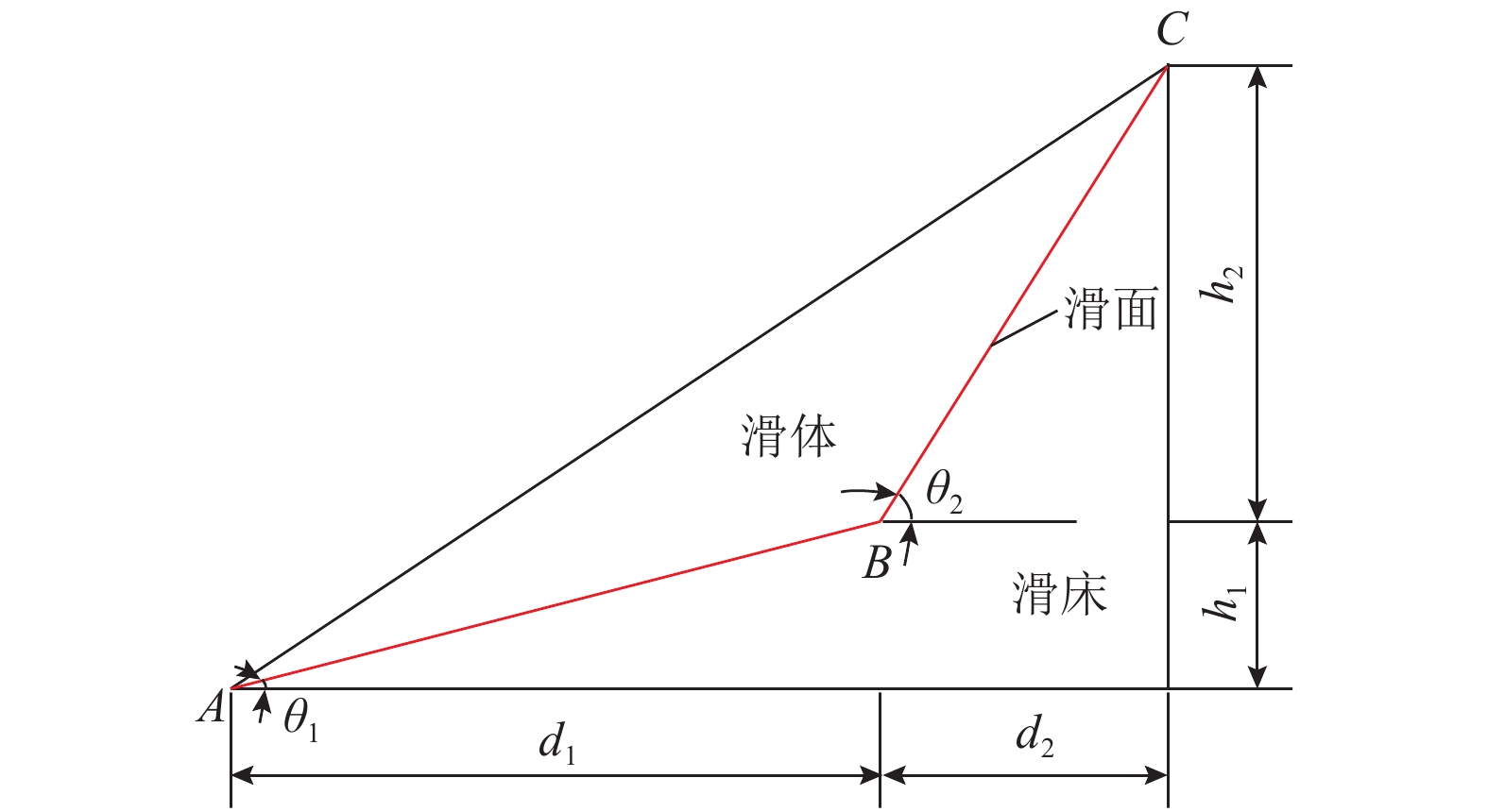
 下载:
下载:
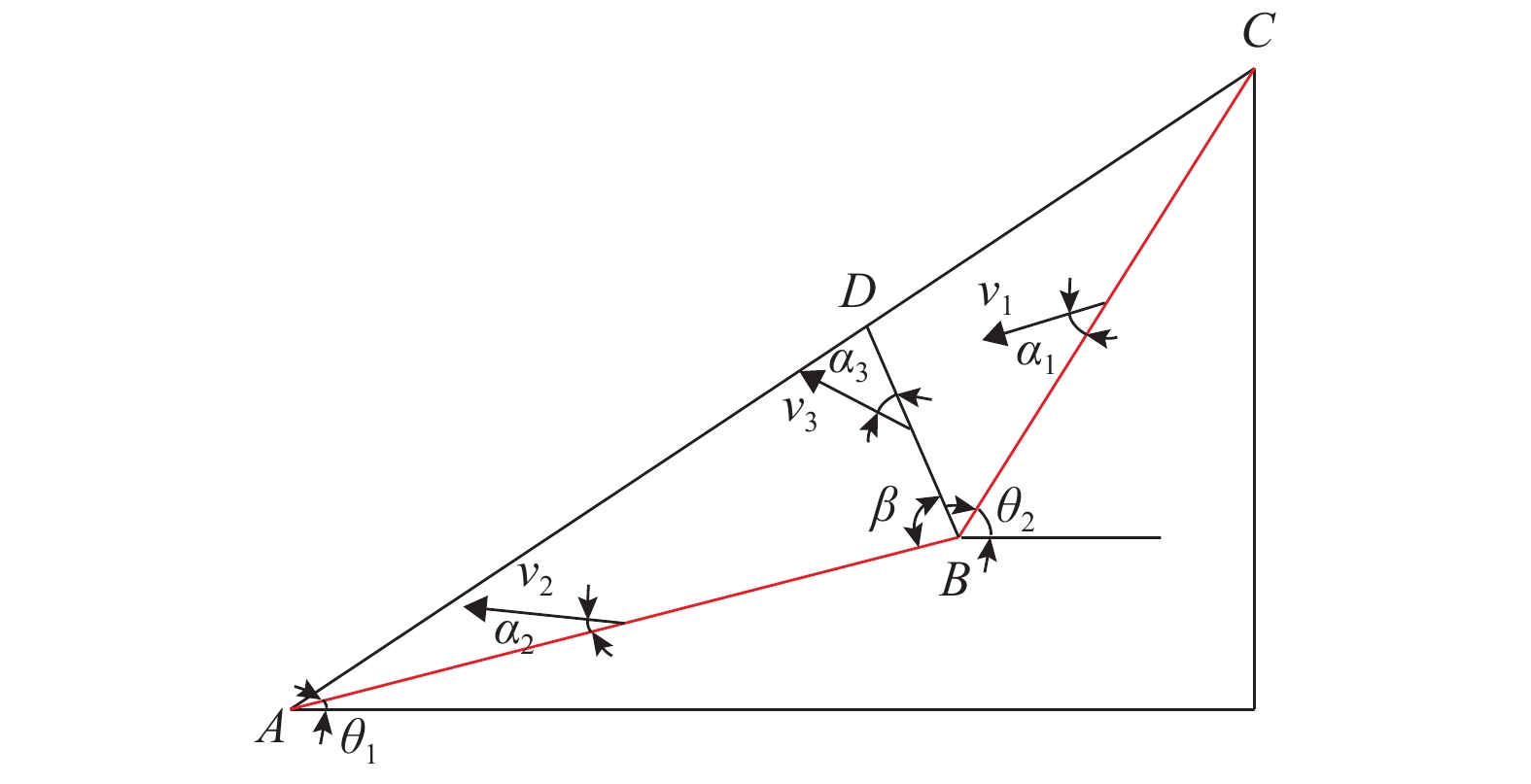
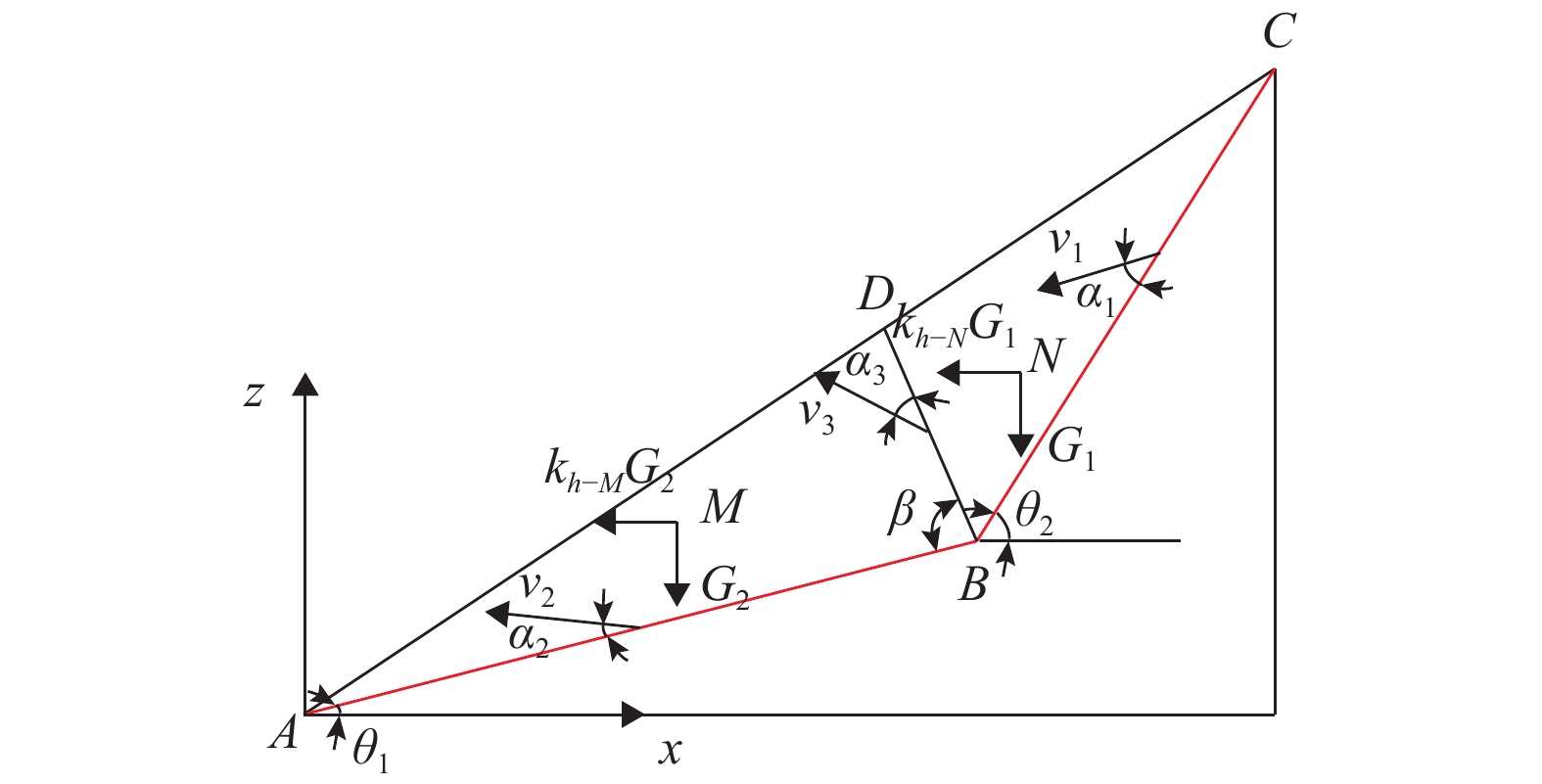
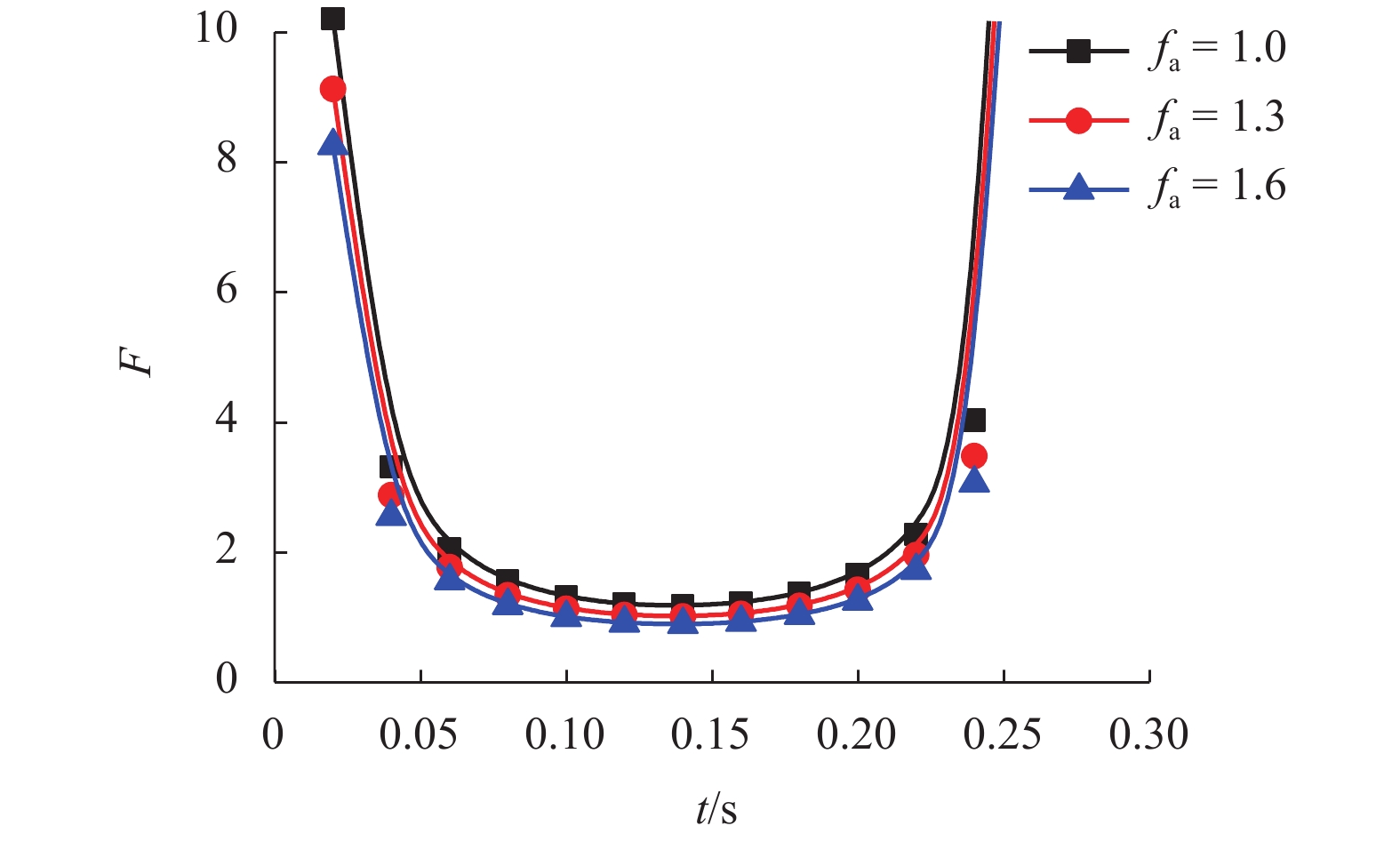
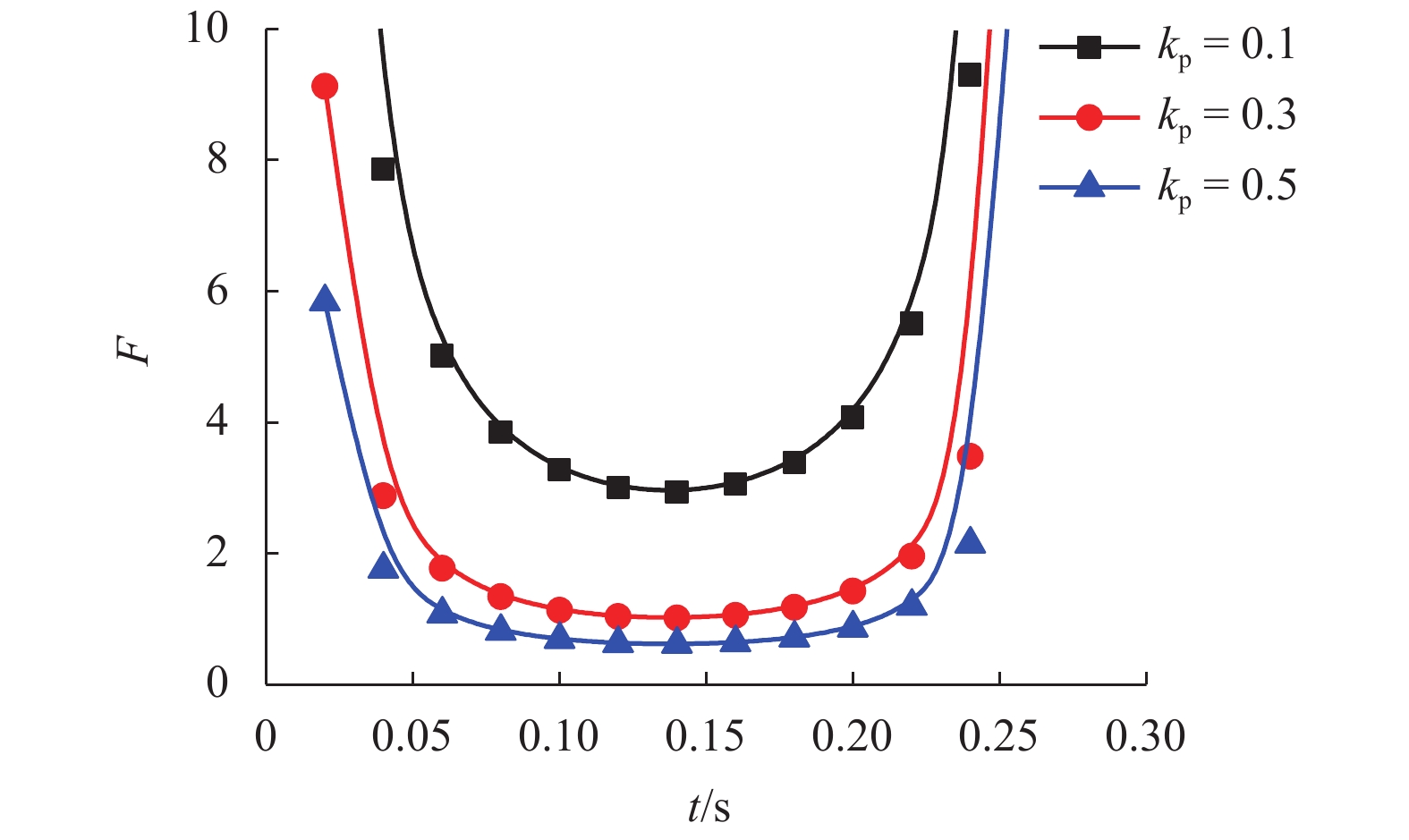
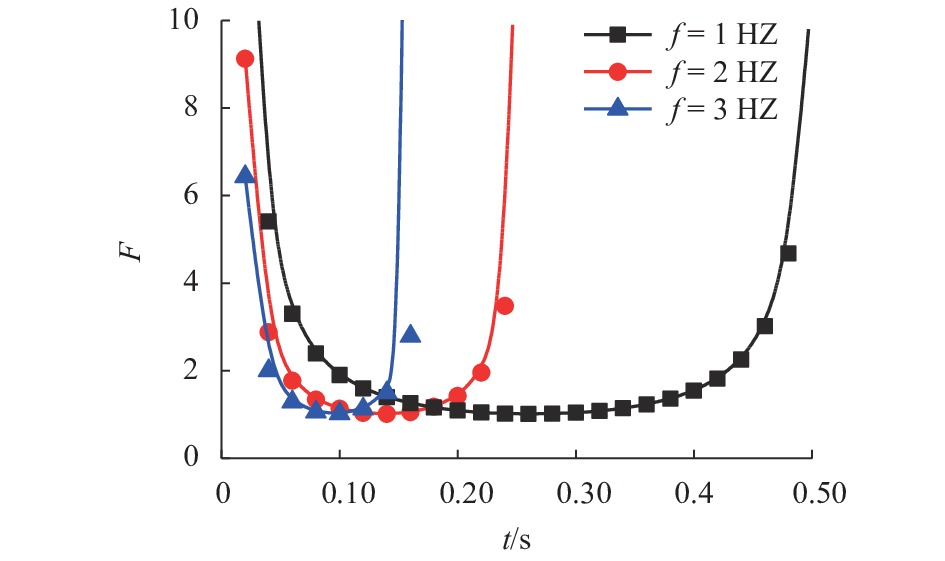
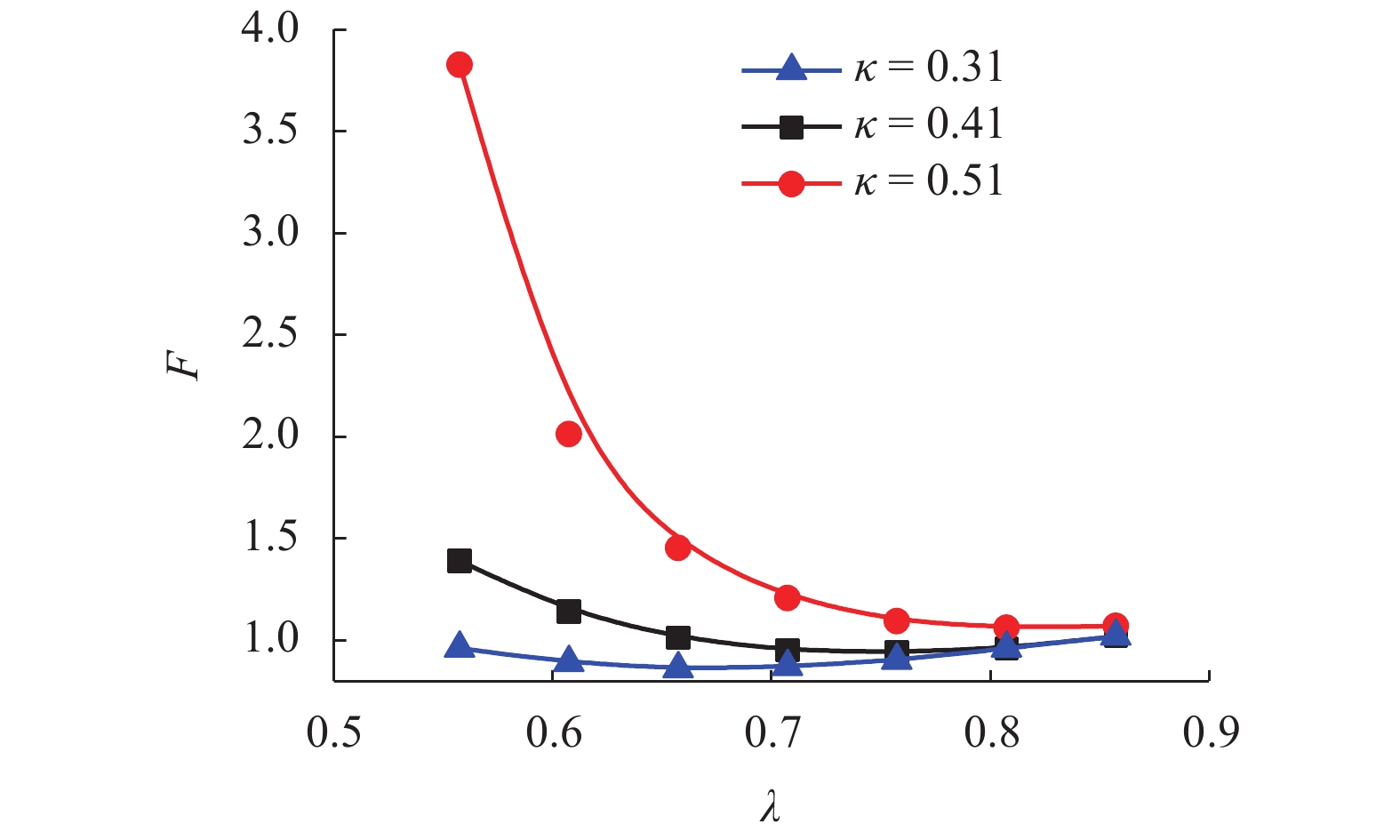

 百度学术
百度学术








